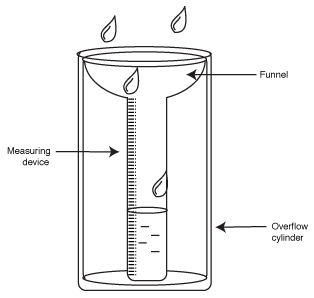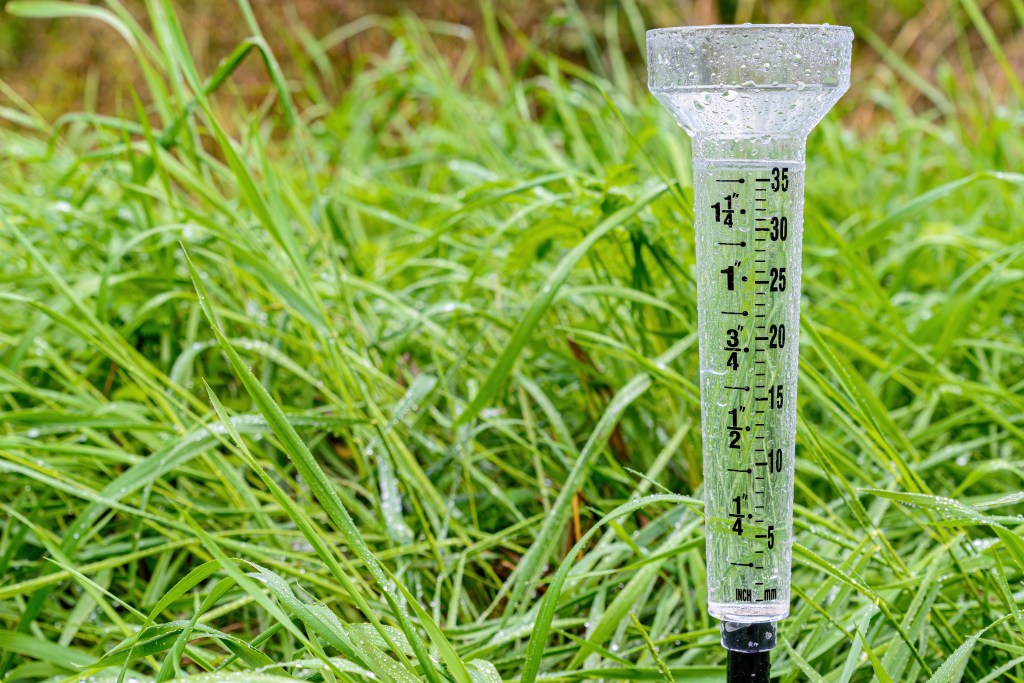How to Choose the Right Rain Gauge for Reliable Rainfall Tracking
How to Choose the Right Rain Gauge for Reliable Rainfall Tracking
Blog Article
Revealing the Scientific Research Behind Rainfall Assesses: Just How These Gadgets Play a Critical Role in Environment Research and Ecological Surveillance
Rainfall evaluates, relatively easy devices, hold a profound relevance in the realm of environment research and environmental surveillance. These humble instruments quietly accumulate one of nature's most important components-- rainfall. Yet, behind their unpretentious facade lies an intricate scientific research that is crucial for understanding the characteristics of our environment. As we peel off back the layers of this scientific shroud surrounding rainfall evaluates, we discover a world where precision, data accuracy, and thorough observation assemble to introduce a much deeper understanding of our transforming environment and its effect on the world.
Relevance of Rain Scales
Rainfall determines play an important role in tracking and measuring precipitation degrees, providing essential information for environment study and evaluation. These tools are essential in measuring the quantity of rainfall that happens in a specific area over a particular duration. By determining and accumulating rain, rain assesses offer valuable insights into the distribution and strength of rainfall, helping meteorologists, hydrologists, and climatologists in understanding weather patterns and patterns.
Among the vital reasons rainfall determines are vital is their capability to offer local and exact information. Unlike satellite or radar-based measurements, which offer broader observations, rain gauges deal accurate info details to the location where they are put. This localized information is crucial for numerous applications, consisting of flooding projecting, drought tracking, and water resource monitoring. Additionally, lasting information accumulated from rainfall determines assists in analyzing climate modification effects and patterns, adding significantly to clinical research and decision-making procedures. Essentially, rainfall evaluates act as vital devices in the area of meteorology and ecological science, playing an essential role beforehand our understanding of weather condition and climate dynamics.
Types of Rain Scales

Performance and Procedure
In the realm of environment study and atmospheric researches, the efficiency of rain assesses lies in their detailed functionality and exact functional why not find out more mechanisms. Rain evaluates are made to accurately measure the quantity of precipitation that drops over a details location throughout a collection period.
The capability of rain evaluates is based upon the principle of gauging and gathering rain in a standard fashion. This gathered information is vital for understanding neighborhood climate patterns, tracking lasting climate patterns, and analyzing environmental impacts. To ensure exact dimensions, rainfall assesses requirement to be tactically put in open locations away from obstructions such as structures or trees that could hinder the collection procedure.
The functional element of rainfall evaluates includes routine upkeep to avoid particles build-up, calibration checks to preserve dimension accuracy, and information tape-recording for evaluation (rain gauge). In general, the functionality and procedure of rain assesses are crucial for gathering dependable rainfall data essential to climate research and environmental surveillance
Role in Environment Study
Offered the critical importance of precise precipitation measurements in comprehending climate patterns and ecological influences, the role of rainfall gauges in environment study is vital. Rainfall determines provide vital information for environment study by evaluating the quantity of precipitation that falls over a particular location during a provided period. This data is important for monitoring long-term patterns in precipitation patterns, examining the influence of environment modification on rains circulation, and enhancing environment designs.

Environment scientists use information collected from rain gauges to assess variants in precipitation degrees, determine regional climate fads, and examine the efficiency of water source management techniques. By contrasting historical rainfall information with existing dimensions, scientists can discover shifts in rainfall patterns, such as adjustments in the frequency or intensity of rains occasions. This details is important for comprehending how environment change is influencing rainfall characteristics and can assist policymakers make informed choices concerning adjustment and reduction methods.
Applications in Environmental Surveillance

In flood projecting, rainfall scale information aids to track rains strength and distribution, permitting authorities to issue timely cautions and take necessary actions to mitigate flooding dangers (rain gauge). Drought monitoring relies on rainfall gauge information to analyze dampness degrees in the dirt and track rainfall shortages, aiding in the identification of drought-prone locations and the implementation of dry spell response strategies
Furthermore, rainfall gauge information plays a vital duty in best site water source monitoring by supplying info on water availability and usage trends. This data is utilized to make enlightened choices regarding water allocation, preservation steps, and sustainable water source preparation. In addition, in farming, rainfall gauge information helps farmers in enhancing irrigation routines, plant selection, and total ranch monitoring methods based upon regional rainfall patterns. In general, rainfall gauges are crucial tools in environmental monitoring, providing beneficial understandings that add to educated decision-making and lasting resource management.
Conclusion
In final thought, rain evaluates are important devices for measuring precipitation, providing valuable information for environment study and ecological tracking. With different types and functionalities, rainfall evaluates play a critical role in recognizing precipitation patterns and their influence on the atmosphere. By precisely determining rainfall, these gadgets add to the innovation of clinical understanding and assistance in making educated decisions pertaining to water source management and calamity readiness.
Rainfall determines play a crucial function in tracking and gauging precipitation degrees, providing important information for climate research study and analysis. The conventional rain scale, understood as the "tipping container" scale, is one of the most generally made use of devices. Ultrasonic rainfall determines use sound waves to discover the presence of rainfall, providing real-time data on rainfall degrees.Climate scientists utilize data gathered from rain assesses to evaluate variants in precipitation degrees, recognize regional climate patterns, and examine the performance of water resource monitoring techniques.In verdict, rainfall gauges are important tools for determining precipitation, providing important data for environment research and environmental monitoring.
Report this page